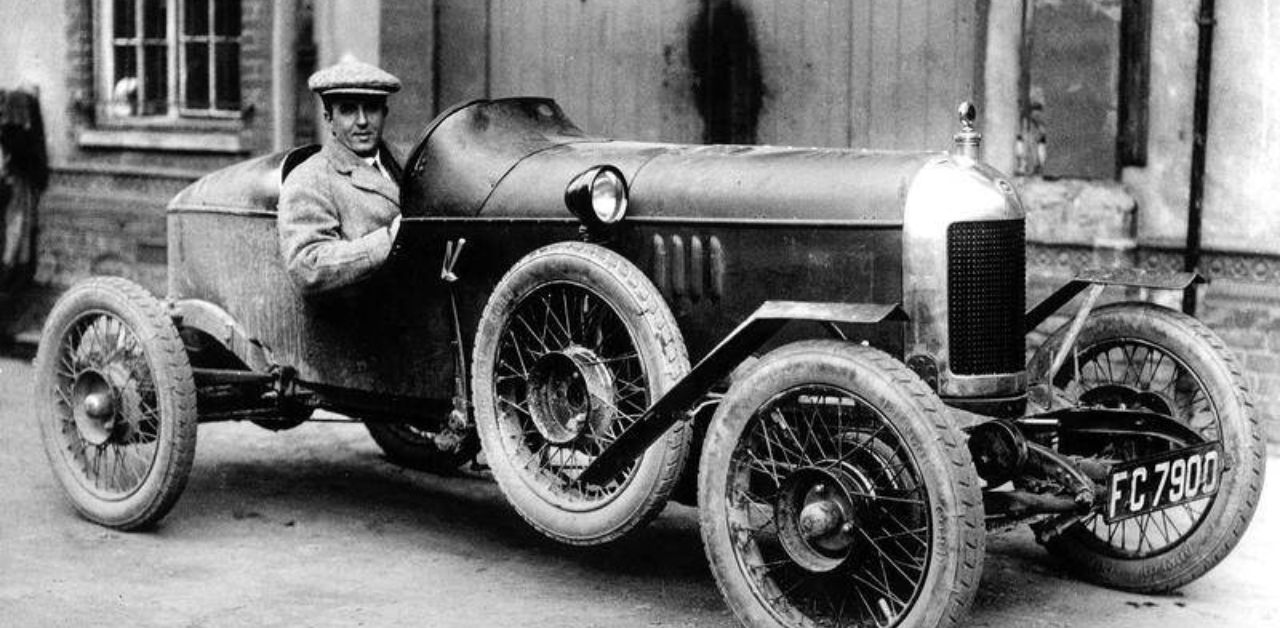The Hindustan 10, later renamed the Hindustan Ambassador, marked India’s first foray into mass car production. Originating as a rebranded version of the Morris Oxford Series M from the UK’s Morris Motors, the Hindustan 10 rolled out in 1948 under Hindustan Motors, founded in 1942. Initially assembled in Okra, Gujarat, production later moved to West Bengal.
Must Read:
Distinguished by its durability and comfortable ride, the Hindustan 10 found immense popularity in India, maintaining its production for over half a century. Its affordability broadened its accessibility to diverse buyers, and although the Hindustan Ambassador ceased production in 2014, it continues to captivate collectors, encapsulating India’s post-independence era.
Other significant cars also made their mark in India’s mass production landscape:
- Premier Padmini (1964-1999): A rebranded Fiat 1100D, the Premier Padmini stood out for its fuel efficiency and spacious interior.
- Maruti 800 (1983-2014): Originating as a rebadge of the Suzuki Alto, the Maruti 800 was Maruti Suzuki’s inaugural mass-produced offering, lauded for affordability and reliability.
- Tata Nano (2008-2018): The epitome of budget-friendly cars, the Tata Nano aimed to be an accessible option for the masses, despite facing discontinuation in 2018.
Since the inaugural 1948 car, India’s automobile sector has undergone a remarkable evolution. Today, esteemed manufacturers like Maruti Suzuki, Tata Motors, and Mahindra & Mahindra thrive within the country’s automotive landscape, which anticipates continuous expansion in the years to come.
Which is the First Car Launched in India?
The inaugural car introduced in India was the Hindustan 10, later renamed the Hindustan Ambassador. This model was a rebranded version of the Morris Oxford Series M, originally crafted by Morris Motors in the United Kingdom. Produced for the first time in 1948 by Hindustan Motors, a company established in 1942, its initial assembly took place in Okra, Gujarat, followed by a later shift to West Bengal.

The Hindustan 10 swiftly garnered popularity within India and continued its production span for over five decades, renowned for its endurance and comfortable journey. Its relatively affordable price range widened its appeal to a broad spectrum of purchasers.
Though discontinued in 2014, the Hindustan Ambassador remains an enthusiast’s delight, embodying a representation of India’s post-independence era.
Here is a chronological overview of India’s pioneering car releases:
- 1897: The first car to grace Indian shores was a Benz Phaeton, imported by Englishman Charles Chetwynd-Stapylton.
- 1903: India’s inaugural car assembly occurred with a Decauville, meticulously assembled by the Bombay Engineering Company.
- 1948: The Hindustan 10 (later renamed the Hindustan Ambassador) made its debut.
- 1964: Premier Padmini was introduced.
- 1983: The iconic Maruti 800 hit the market.
- 2008: The revolutionary Tata Nano was unveiled.
From its commencement in 1897, the Indian automobile sector has embarked on an extraordinary journey. Today, the nation stands as a hub for numerous automobile manufacturers, including Maruti Suzuki, Tata Motors, and Mahindra & Mahindra. The trajectory of the Indian automotive industry is poised for continued expansion in the impending years.
Read more:
- When Was the First Electric Traffic Light Invented?
- First Car Sent to Space: Cars That Traveled Where No Wheels Have Gone Before
What Cars Were Used in India in 1947?
Here are noteworthy automobiles that graced the Indian landscape in 1947:
- Rolls-Royce Silver Wraith: The esteemed chariot of the Viceroy of India, cherished by eminent figures such as Jawaharlal Nehru and Mahatma Gandhi.
- Cadillac Fleetwood: A luxury icon during India’s 1940s, celebrated for its opulent comfort and potent engine.
- Ford Prefect: A favored family vehicle, revered for its affordability and steadfast reliability.
- Morris Oxford Series M: The precursor to the Hindustan 10, India’s pioneering mass-produced car.
- Austin A40 Somerset: A British gem, imported to India in the 1940s, cherished for its fuel efficiency and nimble handling.
- Fiat 1100: An Italian import in the 1950s, adored for its sophisticated design and serene ride.
- Willys Jeep: An American military stalwart, finding roles both in the army and among civilians, adept at off-road adventures and transportation.
These glimpses merely scratch the surface of India’s 1947 automobile landscape. During this era, India’s automotive industry remained in its nascent stages, yielding a limited array of choices. Nevertheless, these vehicles found favor among the affluent and the elite. As post-independence India’s economy burgeoned, so did its automotive sector, offering the populace a wider spectrum of car choices.